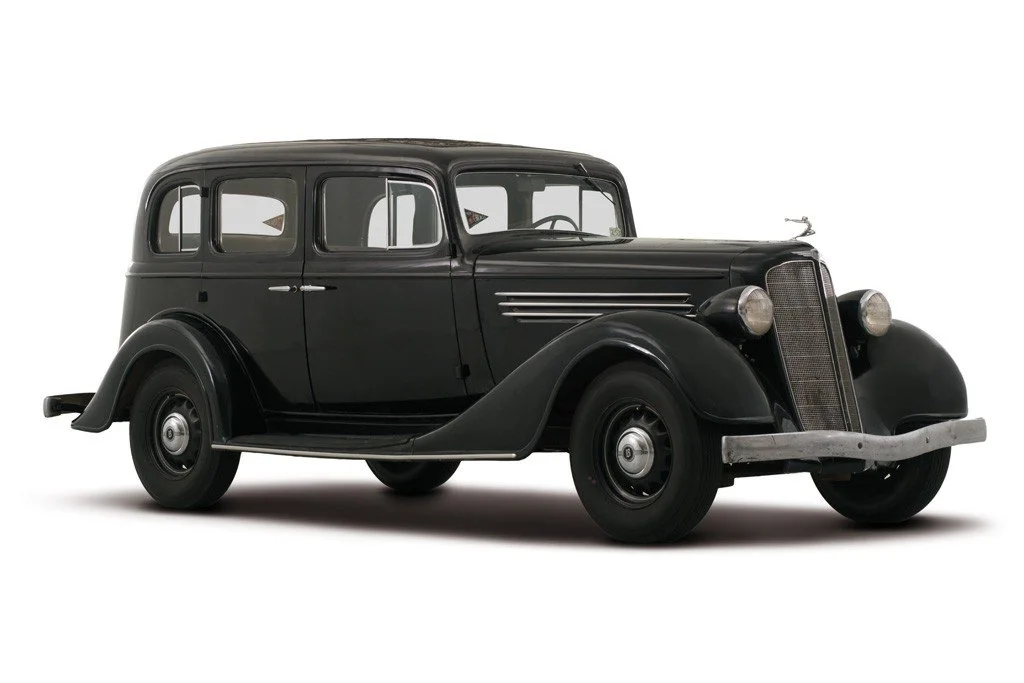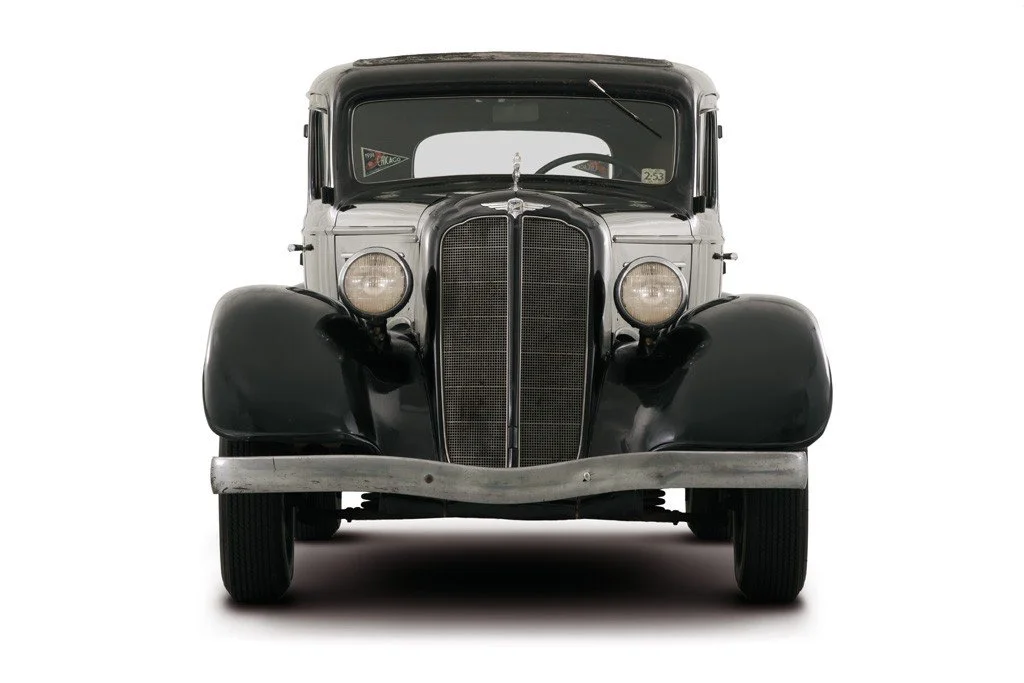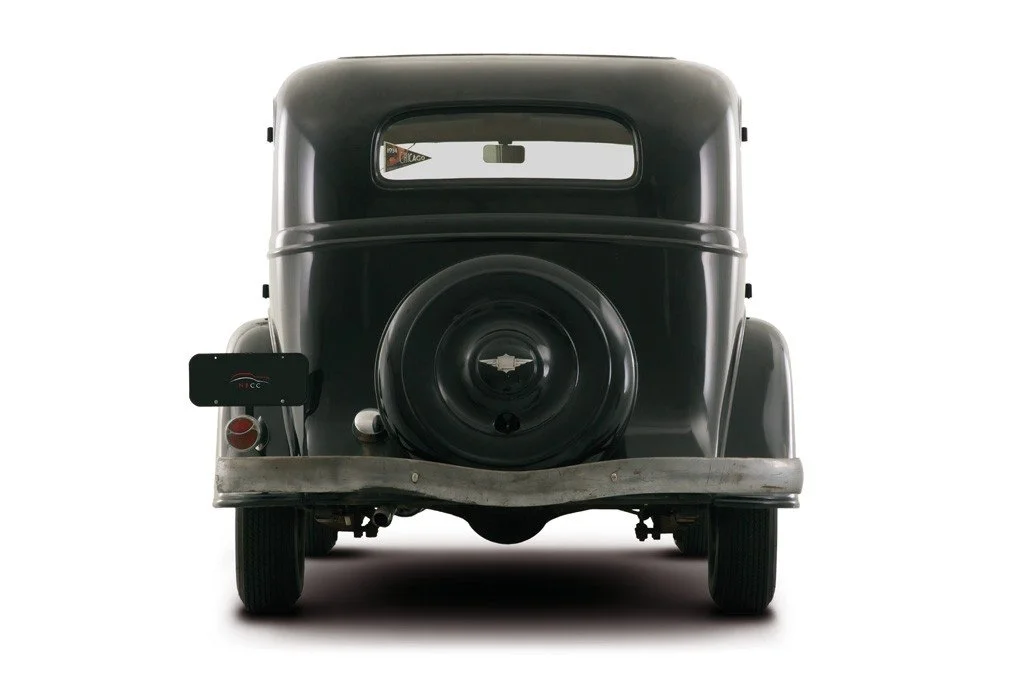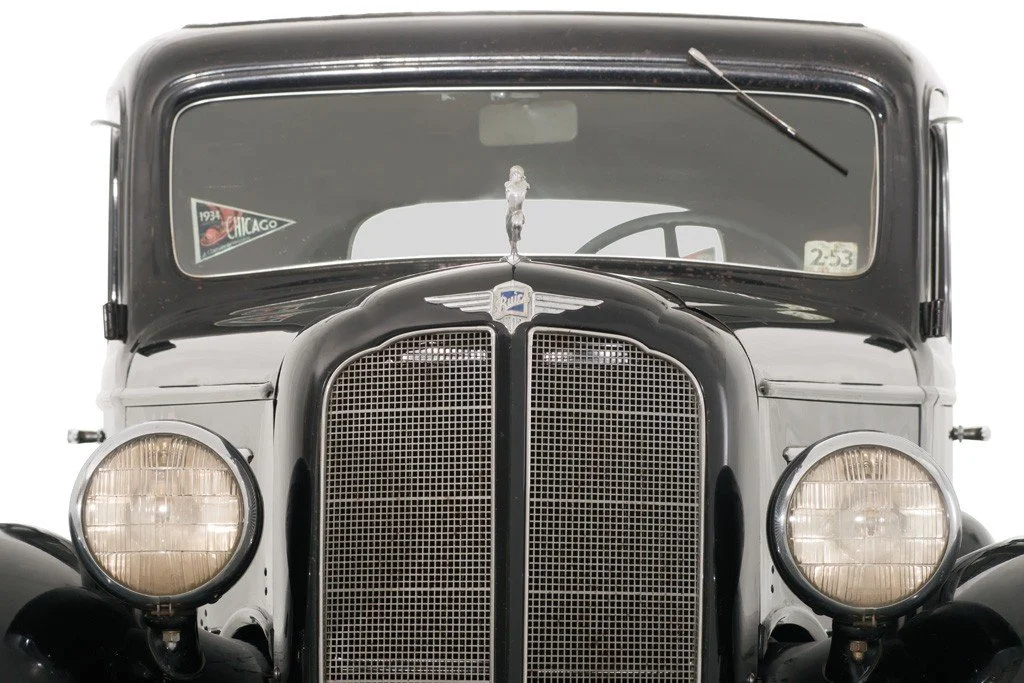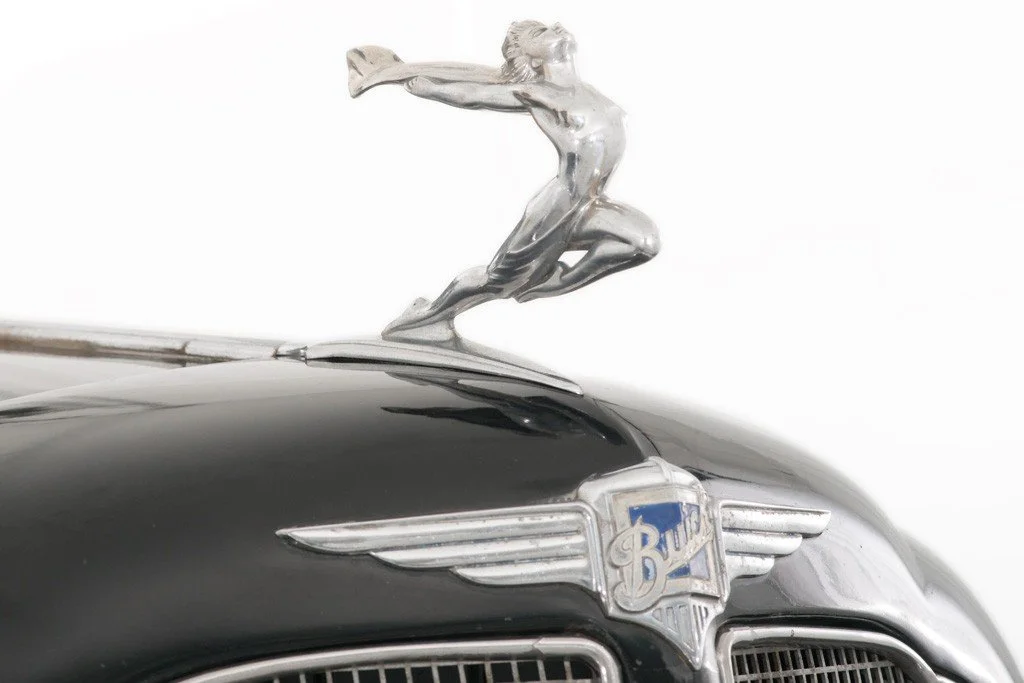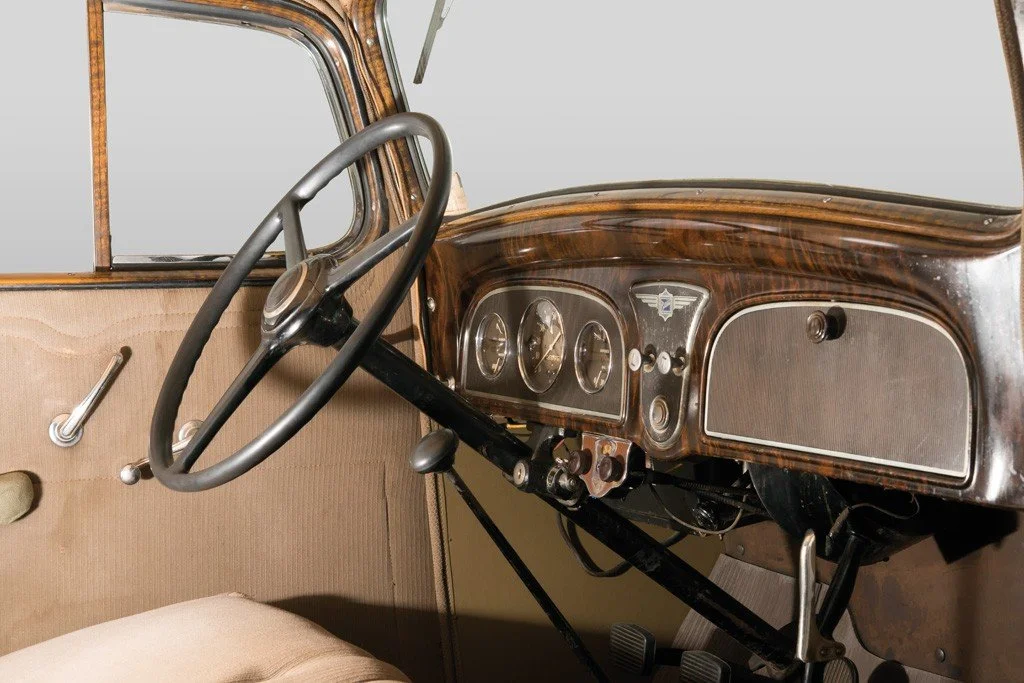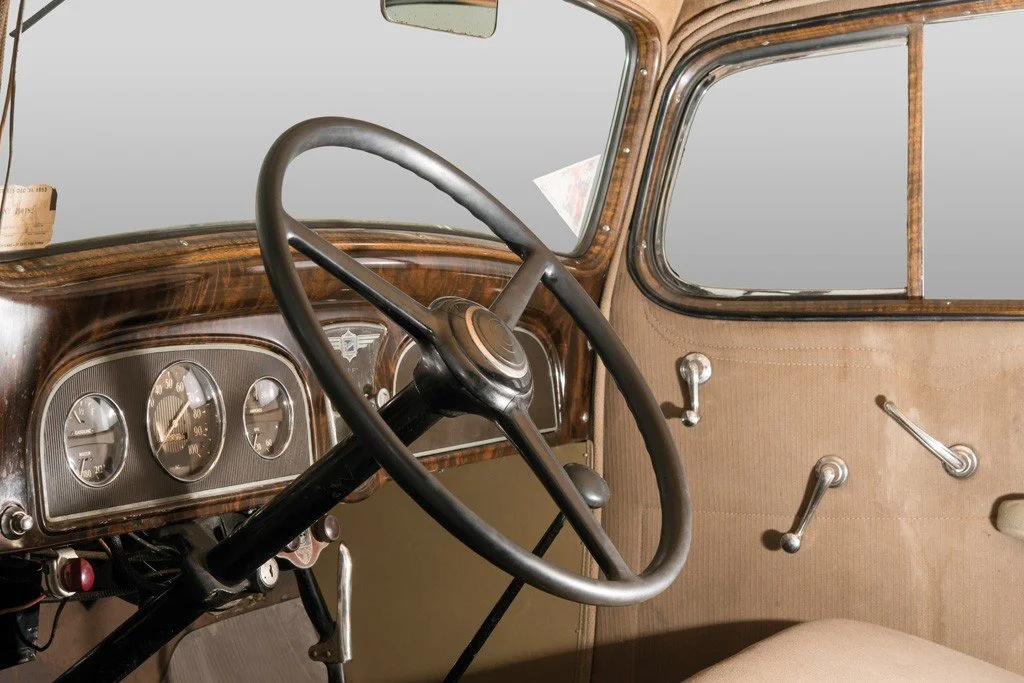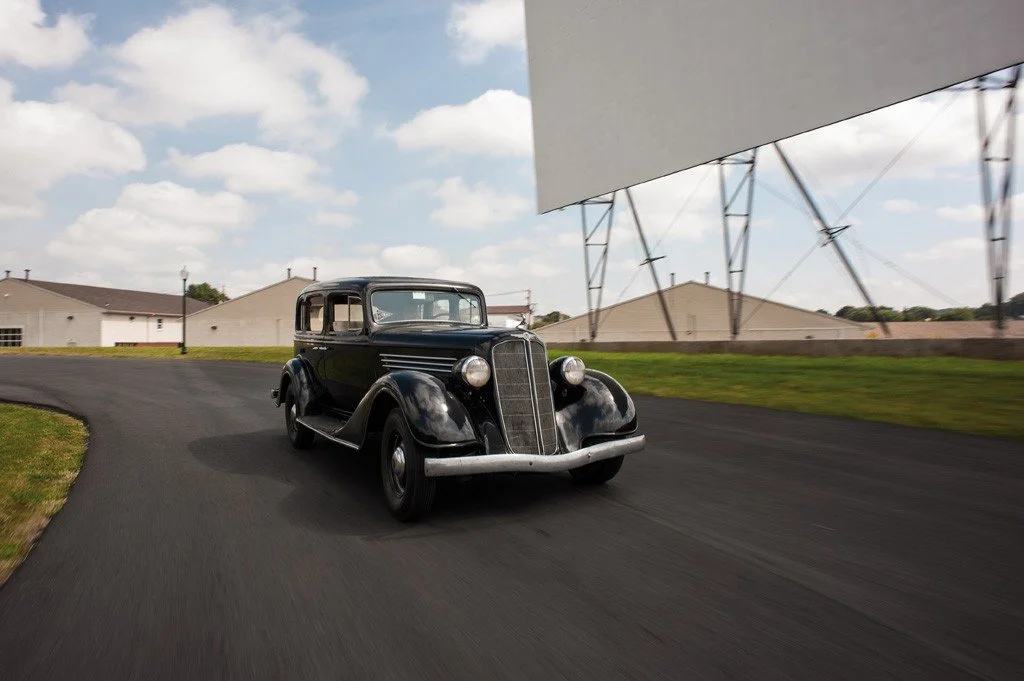-
The Chicago World's Fair - A Century of Progress International Exposition opened on May 27, 1933 to throngs of people looking for a reason to be hopeful for the future. The fair closed on November 12, 1933 but reopened May 26, 1934 for an additional 5 month run.
All of the major automobile manufacturers had displays at the fair showing their current products and some offered glimpses of the automobiles of tomorrow. Buick was no exception and they were proudly showing off their new entry level offering, the series 40.
A family from Canton City, Colorado traveled to the fair and fell in love with this model 47 sedan that was on display. They purchased the car at the fair in 1934 and when the fair closed they drove the car home to Colorado. The car was used but well cared for until 1953 when it was placed in heated, dry storage for another 50 years. Finally, the family of the original owner sold the car to a collector in Michigan. The car passed through the hands of another collector before finding its way to the NB Center in 2006 with 58,000 extremely well kept miles.
While the car was very well preserved, the interior was so disintegrated it had to be replaced. Everything else, including the original World's Fair stickers in the window are exactly as the car was when purchased in 1934. -
Company
General Motors
Make
Buick
Model
47
Body Style
Sedan (trunk), 4-door, 5-pass.
Body Manufacture
Fisher Body Company
Model year
1934
Wheelbase
117 inches
Length
N/A
Engine
Inline-8, OHV, 233 cid
Horsepower
93 @ 3200 rpm
Transmission
3-speed manual
Original Base Price
$925
Brand Production
63,647 + 7,362 for export
This Car Production
7,425 + 380 export -
Buick’s sales were in decline after the 1926 model year, long before the collapse of the stock market and the onset of the Great Depression. There were many reasons for the decline, stodgy, and overly conservative styling, lack of horsepower, poor fuel economy, a distribution and sales system that was controlled by Pontiac and the perception of buyers that Buick was not a good value. The value and horsepower issues were driven in part because Buick’s competitors were now mostly offering eight cylinder engines with higher horsepower ratings than the Buick six. In 1928 Chevrolet introduced a six cylinder engine they advertised as, “a six in the price range of a four”, in a clear jab at the four-cylinder powered Ford Model A. This put Buick in the uncomfortable position of offering a six at the price of an eight.
The first step in fixing Buick was an all new series of inline-eight cylinder engines that first appeared in 1931. The new overhead valve inline-eight was compact, produced better fuel economy and more power than the six it replaced.
By 1934 the Depression was at its worst. Car sales had plummeted for all manufacturers and Buick was having to cope while also playing catch up from their previous missteps. Their big move for 1934 was to introduce a new entry level model known as the series 40. The 117” wheelbase was just slightly less than the series 50 cars of 1933 but the bodies were significantly lighter allowing better performance and fuel economy. The new 233 cubic inch inline-eight was a groundbreaking offering in a car with a starting price of $855, squarely in the price range of a new six-cylinder Oldsmobile. Buick managed to reverse the narrative and offer an eight cylinder car at the price of a six.
The series 40 was nothing short of revolutionary and buyers noticed. In its first year of production, the series 40 accounted for 40% of all of Buick sales. The best selling body style was the model 41 sedan with built in trunk, accounting for 10,953 units. Buick continued to offer a more traditional four-door sedan without a trunk, the model 47, for those looking.

